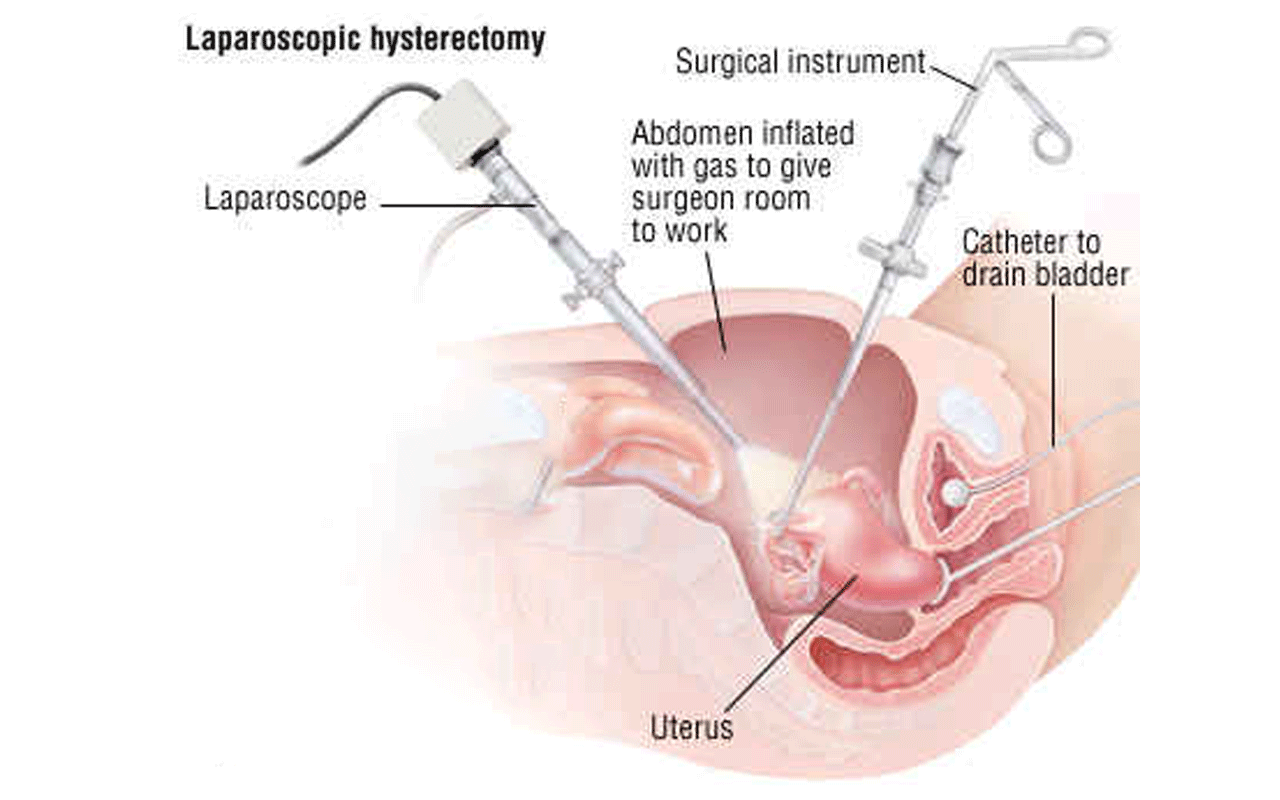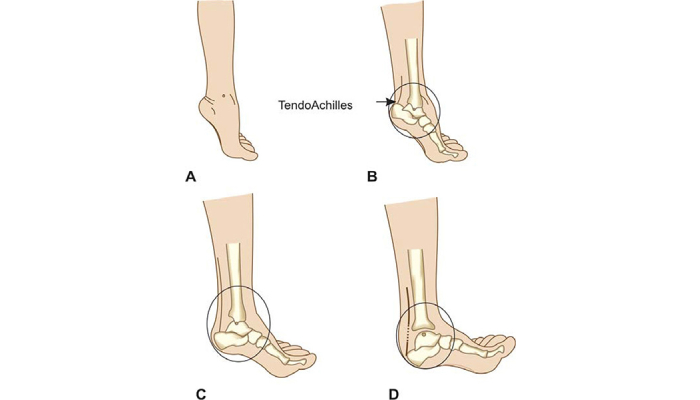Life can change in an instant. A car accident, a bad fall, or a sports injury can result in broken bones or joint damage that requires more than just a cast. That’s where orthopaedic trauma surgery comes in—a specialized field of medicine focused on treating serious musculoskeletal injuries and helping patients recover their strength, function, and mobility.
What Is Orthopaedic Trauma Surgery?
Orthopaedic trauma surgery deals with complex injuries to the bones, joints, muscles, tendons, and ligaments caused by sudden impact or trauma. These injuries often involve fractures (broken bones), dislocations, or damage to soft tissue that cannot heal properly without surgical intervention.
While many bone injuries can be treated non-surgically, trauma surgery is often necessary when:
-
Bones are shattered or misaligned (comminuted fractures)
-
Joints are unstable or dislocated
-
Multiple fractures occur at once
-
There’s open (compound) fracture where the bone pierces the skin
-
Previous fractures fail to heal correctly (nonunion or malunion)
Orthopaedic trauma surgeons use advanced techniques to realign bones, stabilize joints, and restore mobility—often under emergency conditions.
Types of Trauma Surgeries
Depending on the nature and location of the injury, different surgical procedures may be used, including:
-
Open Reduction and Internal Fixation (ORIF): Realigning broken bones and stabilizing them with plates, screws, or rods.
-
External Fixation: Using a stabilizing frame outside the body connected to pins inserted into the bone to maintain alignment during healing.
-
Intramedullary Nailing: Inserting a metal rod into the center of a long bone like the femur or tibia.
-
Joint Reconstruction or Replacement: In cases of severe joint damage, partial or total joint replacement may be required.
These procedures are performed with precision to minimize damage to surrounding tissues and promote faster recovery.
The Role of the Orthopaedic Trauma Surgeon
An orthopaedic trauma surgeon is not just a bone fixer—they are experts in complex and high-risk injuries, especially in cases where multiple areas of the body are affected. They work closely with emergency physicians, general surgeons, and rehabilitation specialists to create a comprehensive treatment plan.
Their role includes:
-
Diagnosing fractures and joint injuries using imaging tools like X-rays and CT scans
-
Deciding on the most appropriate surgical approach
-
Performing emergency or scheduled operations
-
Overseeing postoperative care and rehabilitation
Recovery and Rehabilitation
Recovery from orthopaedic trauma surgery varies depending on the severity and type of injury. Some patients may regain full function in weeks, while others—especially those with multiple injuries—may take months or longer.
Rehabilitation usually includes:
-
Physical therapy to regain strength and motion
-
Pain management
-
Follow-up imaging to ensure proper healing
-
Gradual return to work and daily activities
Patience, consistency, and professional guidance are key to a successful recovery.
Conclusion
Orthopaedic trauma surgery plays a vital role in modern medicine, offering patients a path to recovery after life-altering injuries. With advanced surgical techniques and dedicated care, even the most severe bone and joint injuries can be treated effectively. If you or a loved one has suffered a traumatic injury, consulting an experienced orthopaedic trauma specialist can make all the difference in getting back on your feet—and back to life.




